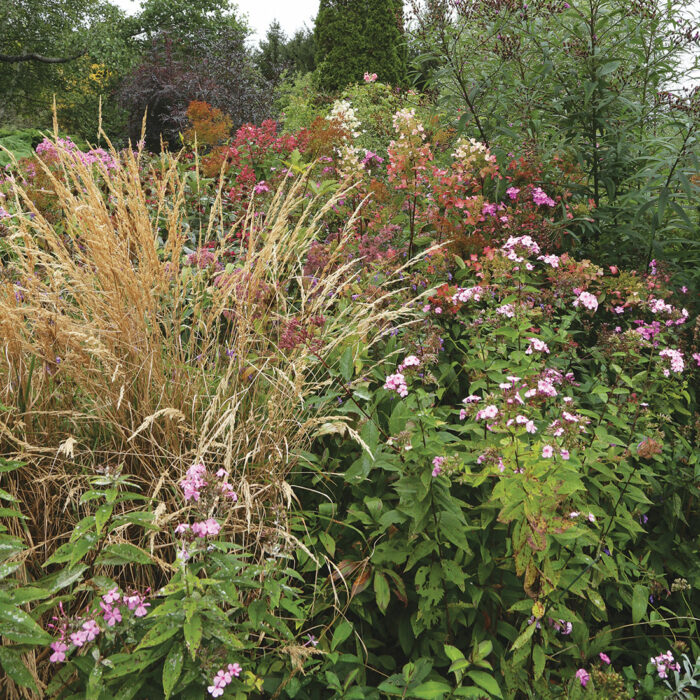
Adding native plants into an established garden design can sometimes feel tricky or daunting. Many get tall but then flop over, quickly creep across open real estate, or generously seed around. There are several tricks for managing native plants to keep them tamed and looking beautiful in more refined settings.
1. Use other structural plants to prop up floppers
By planting your tallest native perennials next to shrubs, surrounding them with sturdier perennials, or even letting them grow through twiggy plants, they will receive extra support to grow tall without the risk of falling and smothering your other plants.
2. Give your plants the Chelsea Chop
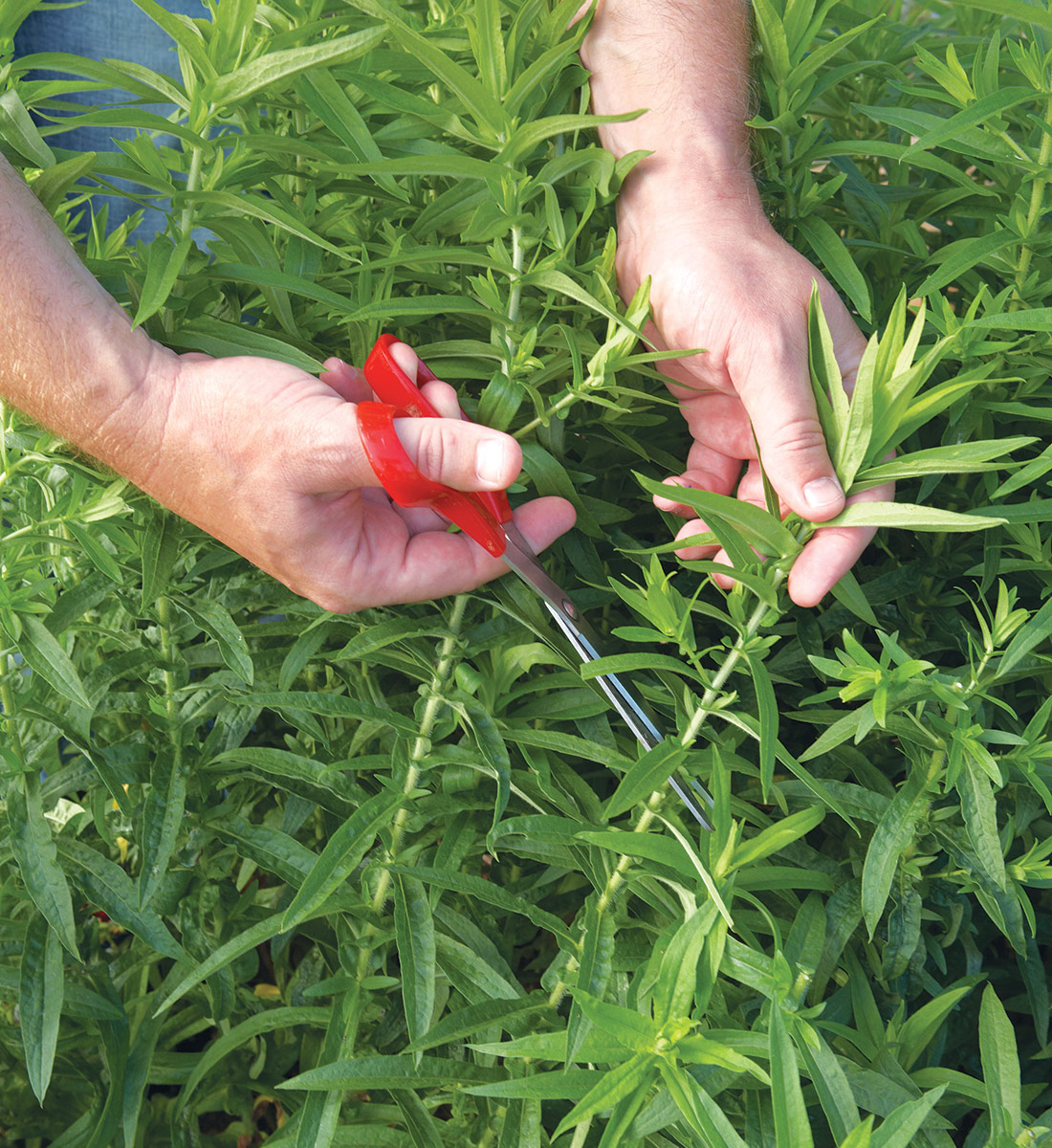
In keeping with the famous flower show, this simple horticulture technique stops plants from becoming monsters in the garden by reducing their mature size and regulating their growth. In late spring or early summer, chop off the top one-third to one-half of the plant. The resulting growth is often stout, sturdy, and reduced, keeping your native perennials on their best behavior.
3. Experiment with locations and care
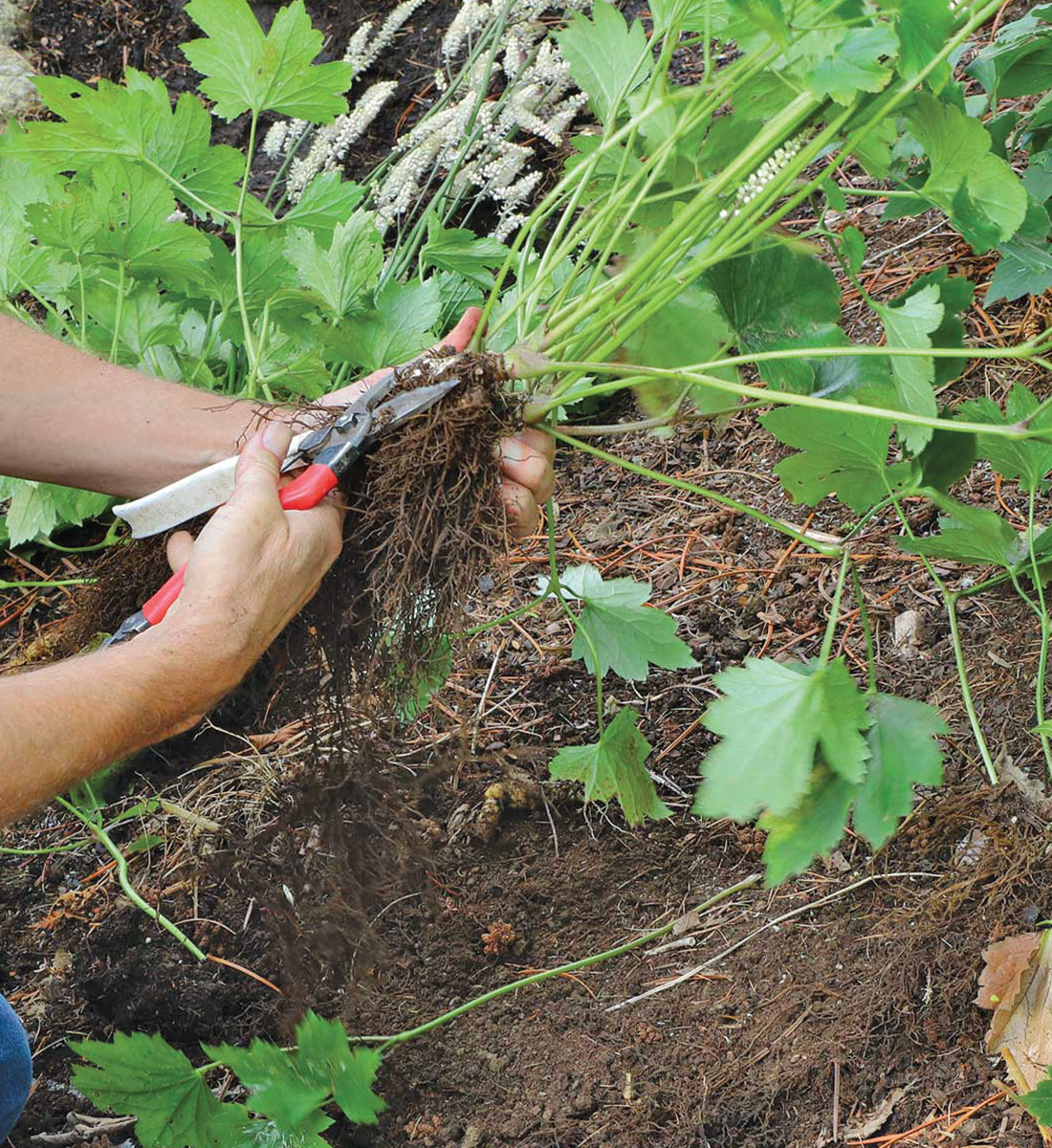
If you are dubious about how a native perennial will perform in your garden, pick a spot big enough to match their reported mature size. Then watch what they do. Many native perennials are aggressive spreaders until they reach a certain size, then they politely slow their lateral spreading. Depending on your climate and soil type, the final size can be drastically different, but you won’t know until you try. If you are unhappy with the result, try it somewhere else in the garden or give the plant a little stress. Stress can be from sun exposure, water, nutrients, competition, or disturbance (pictured). But just know that too much or too little of anything will slow the plant down.
4. Break out the power tools
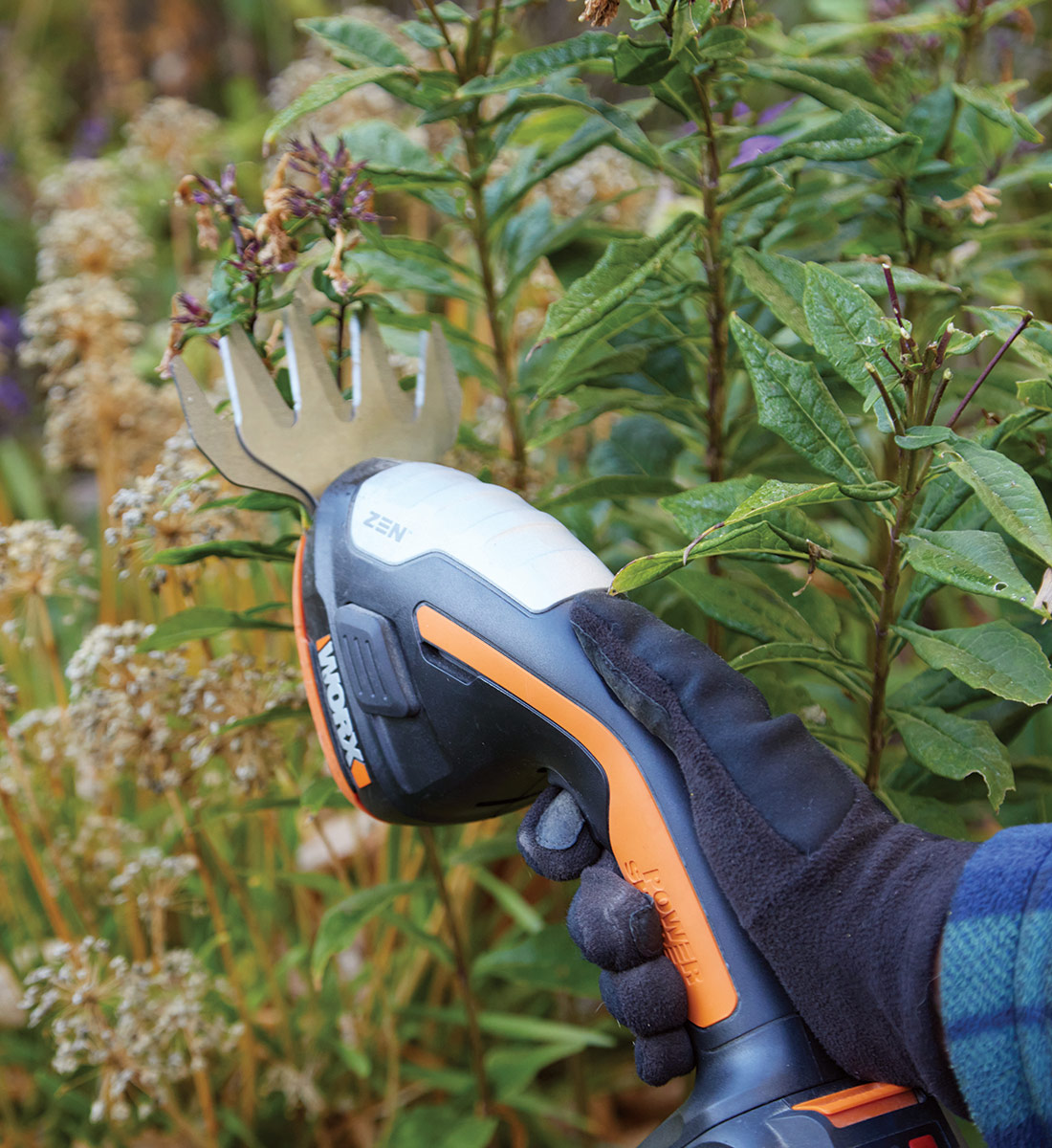
Many native plants have a reputation for being incredibly seedy. While this is endearing for some plants, others begin to seemingly pop up everywhere. After the flowers have faded but have yet to set seed, use a hedge trimmer, weed whip, or your tool of choice to trim off all the spent blooms. This way the seeds never develop, and you can enjoy the foliage long into the season. This is an especially effective technique for Amsonia, Solidago, and Vernonia species, and more.
Bonus Tip: Neglect your plants
Many gardeners growing native plants for the first time want to give them the best life they can. They mulch, compost, fertilize, and water, generally to the plant’s sheer delight. However, many native plants can get greedy and overzealous in generous care, becoming giant green monsters with weak stems and open habits. Curb this bad behavior by neglecting them. Native plants generally don’t need soil amendments, fertilizer, or irrigation after getting established, and will still look fabulous, albeit smaller and possibly with fewer blooms.
David McKinney is the curator of collections and grounds at the Iowa Arboretum & Gardens, where he manages 40 acres of arboretum and 120 acres of native woodland/prairie.
Fine Gardening Recommended Products
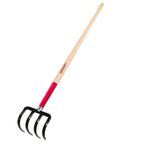
Razor-Back Potato/Refuse Hook
Fine Gardening receives a commission for items purchased through links on this site, including Amazon Associates and other affiliate advertising programs.

Wagner's 52003 Classic Blend Wild Bird Food, 6-Pound Bag
Fine Gardening receives a commission for items purchased through links on this site, including Amazon Associates and other affiliate advertising programs.
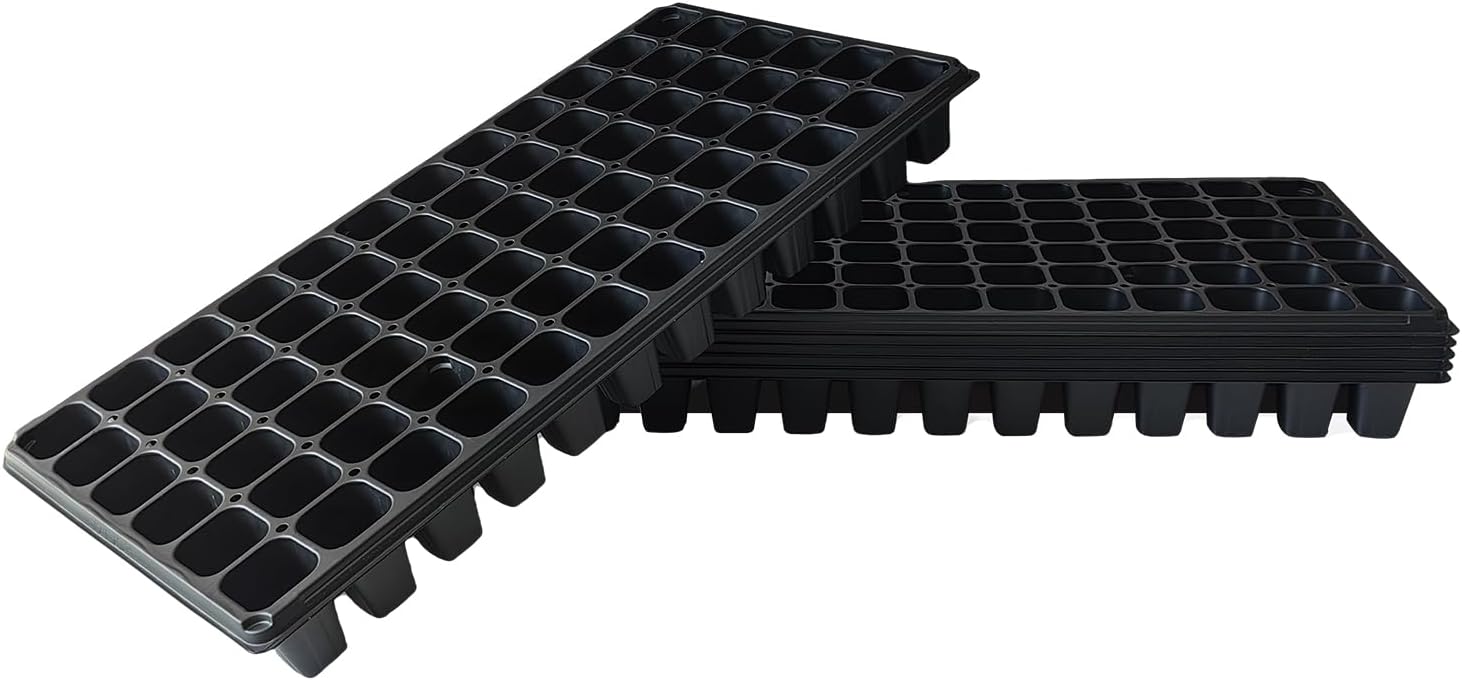
Deep 72 Cell Seedling Trays (10-Pack)
Fine Gardening receives a commission for items purchased through links on this site, including Amazon Associates and other affiliate advertising programs.






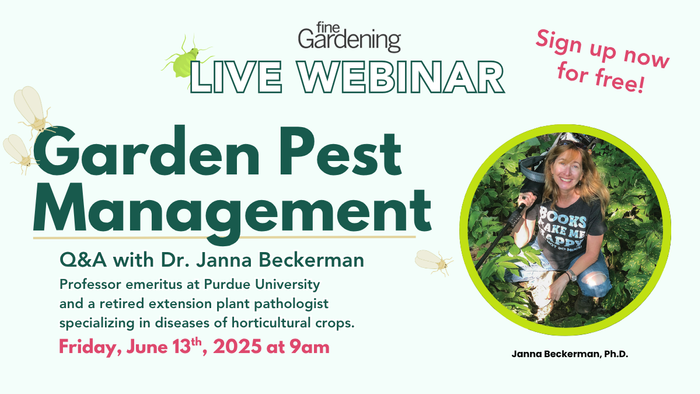
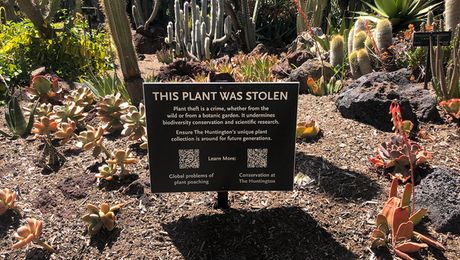
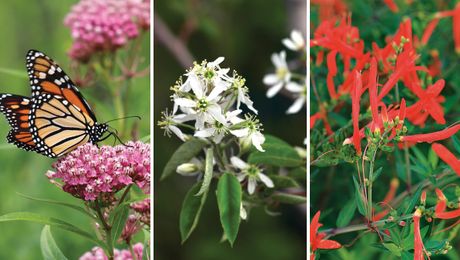










Comments
Log in or create an account to post a comment.
Sign up Log in